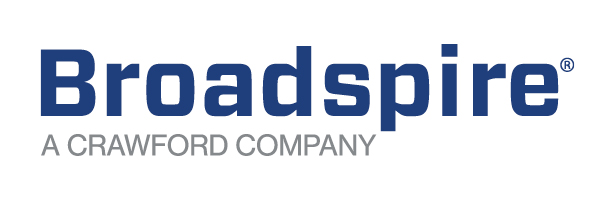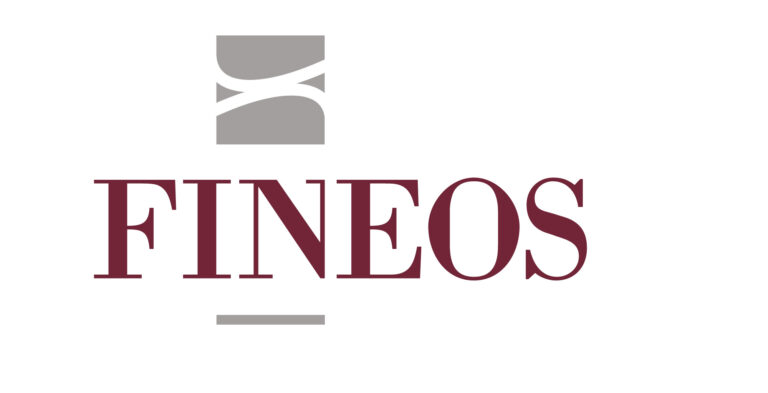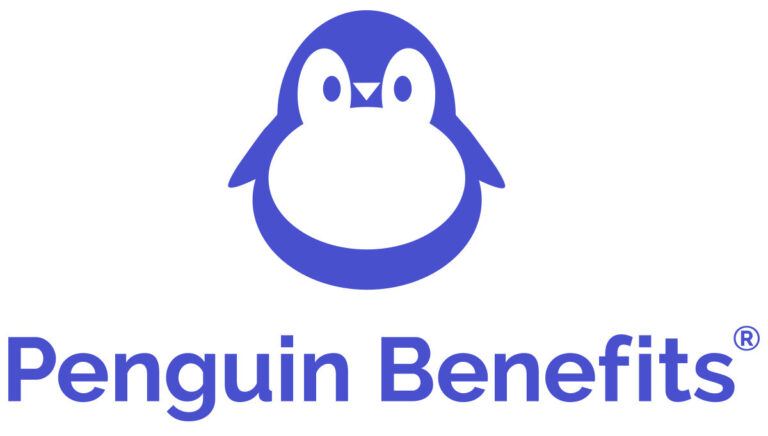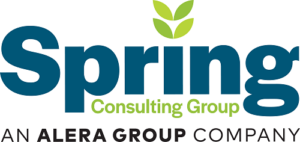
It’s difficult to narrow the scope of trends that will shape the field of absence and disability management as the industry continues to expand in scope and influence, and states mandate more employee protections. As a result, many professionals manage hundreds of leaves and monitor local, state, and federal laws to ensure compliance in addition to many other responsibilities.
And while there is greater acknowledgment of and respect for absence and disability management, professionals feel the constant strain of bracing for the introduction, implementation, and revision of more state paid family and medical leaves; new relationships covered by bereavement leaves; expanding coverage of domestic violence, sexual assault, stalking, and similar laws; greater federal protections for pregnancy-related leaves; design of stay-at-work and return-to-work programs to support people with long COVID-19; and the list continues. And that takes a toll.
Ongoing Change
In addition to an increasing number of leave-related laws, the dynamic of work — whether that happens in traditional offices, remote environments, or hybrid settings — and the role of employers are fundamentally different than they were even 10 years ago. And as the workforce shifts with baby boomers leaving, more employees expect benefit packages to enhance their lives during and outside of traditional work hours. As a result, a willingness and ability to draw outside the lines when it comes to managing absence and disability have never been more important.
An industry that was once dominated by issues related to risk and leave now reaches into every aspect of employer success, as demonstrated in these top five trends:
1) Long COVID and the Americans with Disabilities Act
Employers are investigating how to help employees affected by COVID-19 return to or stay at work and manage long-term effects. Despite topic fatigue, long COVID continues to influence employer success and has major societal implications. These impacts are noted in Long COVID: Assessing and Managing Workforce Impact,1 a white paper released Jan. 18. The report outlines workable solutions for employers as noted by an industry think tank assembled by DMEC in partnership with Sedgwick. In addition to staggering costs related to long COVID-related claims and a worrisome knowledge drain from older employees leaving the workforce, COVID-19 has exposed vulnerabilities in the frameworks we rely on.
2) Paid Family Leave (PFL) and Paid Family and Medical Leave (PFML) Funding
We’ve heard a lot about PFL and PFML. The question of funding becomes increasingly important as 15 states and the District of Columbia have passed legislation2 to support these benefits, and we see a voluntary PFML trend emerging. How many employers will take the option (when available) to self-fund this mandated benefit instead of sending money to states, and how will they identify and weigh the pros and cons? How will these voluntary options affect the ways employers assess PFML in the future, especially with more employees working remotely? It will be important to watch as we expect their influence to extend well beyond state lines.
3) Diversity, Equity, Inclusion, and Belonging (DEIB) Efforts Revealed
DEIB continues to be a weighty topic of conversation for employers of all sizes and in every industry as data show its influence on employee experience, productivity, and employer profitability. There is an increasingly visible and valuable movement to ensure social justice. While more employers invest time and money to ensure their workforce and culture reflect DEIB tenets, there is mounting pressure to prove that work publicly.3 And to use DEIB criteria when considering new partnerships and investments. As this work influences the bottom line as well as survival of more organizations, the promise of real change takes shape.
4) Technology for Absence and Disability Managers
Information technology disrupters in the absence, disability, and risk management space are emerging with a focus on employee experience. How do you optimize technology and ensure a personalized, supportive experience for employees who need to access leaves during emotional times of their lives? The cliché that knowledge is power is appropriate as we see more employers researching ways to balance the automation of appropriate tasks while ensuring a positive employee leave experience.
The question is how do we accomplish that lofty goal at a reasonable cost? Enter a growing number of concierge human resources information technology solutions, a group of so-called disrupters that tout all of this and more. Recognizing that technology cannot replace human interaction, this business model offers valuable insights for how absence and disability managers collect, analyze, and use data to improve operations and provide more modern, accessible pathways for leave.
5) Employee Health and Well-being
As incidence rates for mental illness spiral and access to care continues to be a challenge, employers are investing in ways to identify and address health and wellness issues earlier in the process and to dismantle stigma. Employers will seek ways to normalize conversations about mental illness and invest in online educational tools, digitalized employee assistance solutions, and more. It’s heartening to see more leaders share their personal mental health challenges and ways they address them to jump-start this process, which demonstrates greater acceptance and encourages use of paid time off and various leaves. Redefining expectations and establishing healthy norms are moving from theory to practice as employers feel the true cost of burnout and recognize the savings — in every sense of the word — in encouraging (and rewarding) employees to seek treatment. We’ve talked about normalizing mental illness and holistic employee well-being for some time, and there are some innovative treatment options and operational approaches that have had positive effects. This is especially important as drug therapies hit more markets that pose unique challenges to absence and disability management professionals.
Perspective offers a valuable lens for these trends, which will create nuanced challenges for employee health, wellness, and productivity this year. The evolution of issues in the absence and disability management realm has been dramatic and shows no signs of slowing down. As a result, it’s increasingly valuable to have well-trained absence and disability management professionals weigh in on strategic decisions — large and small — to ensure employers stay on the front-end of rapid-fire changes that affect every aspect of business: from recruitment and retention to productivity, profitability, liability, risk, and more.
References
- DMEC. Long COVID: Assessing and Managing Workforce Impact. Jan. 18, 2023. Retrieved from https://dmec.org/resources/white-papers/long-covid-assessing-and-managing-workforce-impact/
- DMEC. State and Local Leave Law Resource. Retrieved from http://dmec.org/resources/state-and-local-leave-laws-resource/
- Big Companies are Already Collecting Important Data on Workforce Diversity. More of Them Need to Make It Public. Feb. 9, 2022. Retrieved from https://fortune.com/2022/02/09/diversity-inclusion-dei-intersectional-data-eeo-1-reports/





































